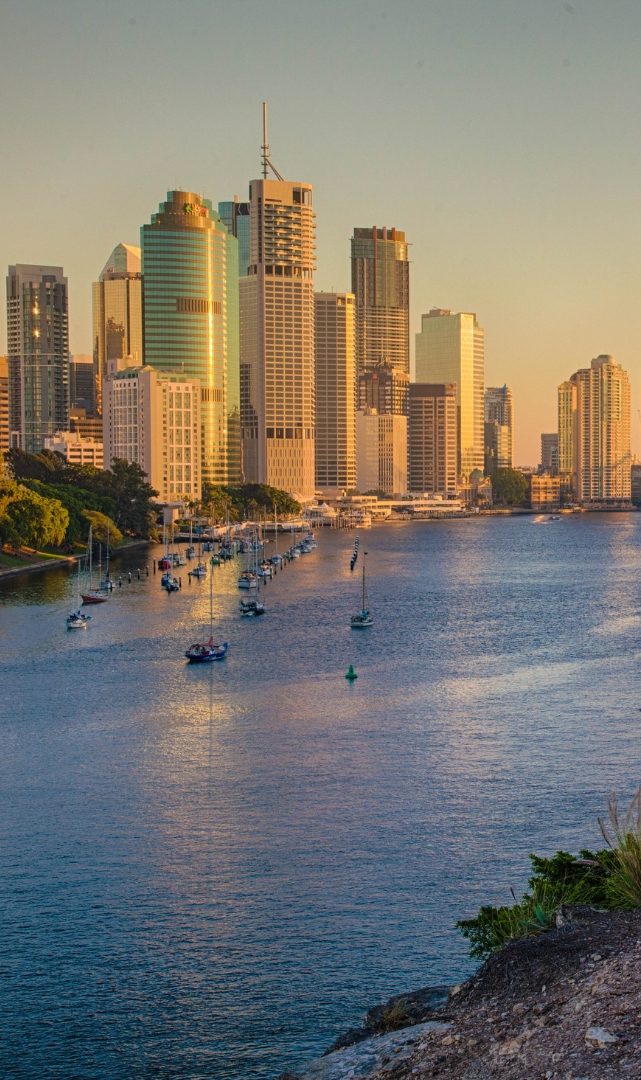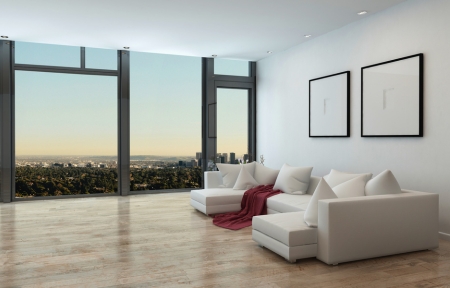As featured in The Urban Developer
1 May 2025
Clearly, it’s the residential supercycle that south-east Queensland has to have.
“The demand is there, the pricing is there but…”
Yes, there is a caveat—so warns Charter Keck Cramer national executive director of research Richard Temlett in the same breath.
“It’s the capacity of the industry to actually facilitate what we need,” he says. “Which is a supercycle.
“South-east Queensland is one of the most chronically undersupplied housing segments of Australia,” Temlett says. “Supply hasn’t kept up with growth…[and] it needs to be mobilised at scale.”
The window—or “decade of opportunity” as he calls it—to play catch up is in the lead-up to the 2032 Brisbane Olympics.
But therein also lies perhaps one of the region’s major challenges going forward.
“The biggest risk we see is not so much in the revenue side of things, which is a major issue in other states, it’s really in the builder side of things … getting skilled labour to actually build out the quantum of dwellings needed because it has a smaller labour pool compared to New South Wales and Victoria,” he says.
“That’s the issue that’s really going to plague south-east Queensland in the lead up to the 2032 Olympics.”
Pushing the region closer towards the precipice of a supercycle is demand that has been turbocharged since the pandemic by significant population growth, leading to its “chronically starved” housing market and strong price growth.
But speaking at The Urban Developer Residential Developer Summit Brisbane, Temlett was not the only one to share some concerns.
“I can see another profitless boom coming for the building industry,” Gallery Group founder Adam Barclay told attendees. “There’s some fundamental changes right in front of us now.
“Going into 2026-27 we’re going to see a skill shift of the residential trades actually move up into that commercial setting to get higher rates.
“And with both major political parties announcing first home buyer incentives we’ve already had trades come to us saying there is a price rise coming.
“My view is in the next 12 months we will see a 20 per cent increase in the cost of labour. That equates to about a $50,000 per house price increase from construction if you can get trades and labour.”
Mirvac product strategy director Myles Campbell sees the greatest challenge as capturing the potential demand and delivering it as effective supply.
“And what’s really holding that back is probably the elephant in the room around productivity and delivery, and the challenges around product feasibility,” he says.
Campbell says typically from Mirvac’s experience an apartment project of 150 units that a few years ago took 29 months from release-to-market to settlement was now taking 50 months.
“So while the underpinnings from a demand side of really strong population growth, wealth effects, relative affordability, tax preferred status, all those kinds of things mean we should be in a really positive frame of mind, the ability to capture that through the mechanisms and dynamics of the market are really frustrating.
“And I think we’re going to lose a lot of the opportunity of the supercycle.”
With south-east Queensland’s significant infrastructure pipeline—where the projects pay better and the risks are lower—increasingly soaking up resources, Mosaic Property Group founder and managing director Brook Monahan says the competition for labour and materials is “only going to get worse”.
“There’s a bit of a window at the moment that we’re seeing,” he says. “We’ve got a couple of big projects, a few of them in Brisbane and one on the Gold Coast, where we’ve been lucky enough to hit that window.
“I think it’s the first time since 2018 that we’ve got trade coverage. And construction prices aren’t coming back but they’re not continuing to run away from us.
“But I’m a bit nervous that the window is only pretty short, to be frank. We’ve already seen that the trades have started to get a little bit confident around what that looks like. So we’ll just have to keep chewing through that. It just means margins are compressed and you’ve got to manage risk better than you ever have.”
Charter Keck Cramer’s Temlett says the south-east Queensland market has been “badly distorted since the start of the pandemic and it’s still recalibrating and dealing with that Covid hangover”.
“It has definitely been the beneficiary of significant population growth but supply [including greenfield, townhouses and apartments] is not keeping up with that growth.”
According to his data, there is only one month of trading stock remaining in the region’s house-and-land market.
“It also hasn’t helped when you have trade wars and Trump tariffs and so forth that continue to distort the market,” he adds.
“But we do need to start mobilising a lot more supply, and I don’t actually see that happening for the next three to four years until further incentives come into the new housing markets to entice developers to start bringing projects forward at scale and support the building industry to actually proceed with projects.”
Meanwhile, he says the fundamental metrics will start to shift over the next 12 months this year and impact projects in various ways—such as the cost of capital, which could either help projects become more feasible or potentially overheat certain segments of the market.
“Certainly, our in-house view is that the next decade is going to have a lot higher levels of inflation and a higher cash rate compared to the last decade, and you need to factor that into your investments and your development decisions moving forward.”
Nevertheless, Temlett says the nuances of the market will provide opportunities—particularly with overseas financiers now rating Brisbane a Tier 1 city beside Sydney and Melbourne.
Monahan agrees.
“It’s almost like a vertical supply curve of opportunity in front of us,” he says.
“We’re always thinking through that prism of ‘When is the next occasion when the rug gets pulled?’.
“But at the same time, we see this massive opportunity because we've never had so many people moving into south-east Queensland and supply not being able to respond.
“You’ve got vacancy rates of less than 1 per cent … and supply is at the lowest level that it’s been in 25 years.
“So there’s no better time to be in the property industry in south-east Queensland.
“And it’s not just about the Olympics. If we go back five years ago, could you have contemplated that you’d be getting people paying $10 million to $15 million off-the-plan in south-east Queensland?
“I could never have contemplated that. But I think we’ve sold probably six or seven apartments between $10.5 million and $12.5 million off-the-plan in the last six months.
“I mean, I remember when we sold an apartment on the river at Maroochydore off-the-plan in 2015-16 for $6 million. I thought I was Harry Triguboff,” he muses.
“But the challenge now is, how do we respond to the demand whereby commercially, it’s really challenging around construction costs that are likely to stabilise for a bit and then possibly take off again.
“So you might have the best bit of real estate going around but with construction prices and the cost of everything that goes with it and taxes...you can sort of look at all of it and go, ‘Well, I can't see a path forward’.
“But I think the path forward is just making sure that within the capability of your people and your balance sheet, you can still find a way to get through it.
“ Even if you don’t make money, as long as you don’t go broke ... stay solvent because without that nothing else happens.”



